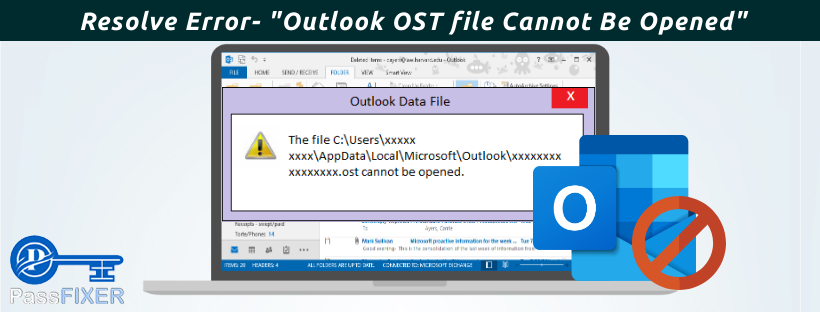

area, and the even better news is that you can keep that protection running for other programs that might sneak onto your system and grant permission for this one app to be cleared and run too. The good news is that it’s a security setting in the System Preferences.
#Boxcryptor classsic cannot be opened mac software
No, CSAM detection does not make use of Bluetooth to send anonymous CSAM hash failure pings while the device is offline and powered down (according to Apple documentation, anyway).While it can be super frustrating to try and open up a program just to get that pesky can’t be opened because it’s from an unidentified developer error, the fact is that your Mac system is doing that to protect you from nefarious malware and sneaky software that can harm your system. Yes, starting with iOS 15 there will be some support for locating powered down devices, as long as the battery is not completely empty. Those nearby devices will then pass its location to the Find My network, so that the lost device's owner is able to find it. Yes, starting with iOS 13 a lost, offline (not connected to the internet) but powered iOS device with Find My enabled can use Bluetooth to communicate anonymously with nearby devices that are also using Find My. Yes, images sent via AirDrop can be chosen to be saved to Photos, at which point - if iCloud Photos is turned on - the device will start the CSAM checking process on it I (starting with iOS 15 and macOS Monterey later this year in the US only).

Yes, images can be transferred to an Apple device that has AirDrop enabled and accessible to the person trying to send the image. Another way of saying it, is if every human took 600 million photos, then there would be only be a 50% chance of duplication.Ĭlick to expand.It sounds like you might be conflating different things together in a way that doesn't describe how Apple's CSAM detection works. Technically, really close to unique: something like one billion images per second per year will have a 50% chance of duplication ( hence the need for 30+ failures to generate an alert ).
#Boxcryptor classsic cannot be opened mac serial
It is sort of like an image serial number. Images are not actually 'seen' by any AI/ML software, only the hash is detected. Even if the battery is dead (there is enough residual recharge to send an LE bluetooth ping 800 feet, twice per day).īest choice is stop passing child pornography around. Alerts can be sent anonymously via bluetooth ping, even if the phone is off AND battery is dead. Multiple image 'hash-check' failures will send an alert. An image passed via AirDrop to you that fails the 'hash-test' will be flagged. The hash checks will happen directly on the device. If you've been ok with those features I don't think also checking for illegal images is too bad.Ĭlick to expand.This will not be true as of iOS15. Same with faces, if anyone has ever taken a picture of you and labeled your face in Photos their phone could pick you out of a crowd. Open up Photos and type in "car" or "dog" or something. I hate to break it too you though but you're images have been scan for a very long time. Apple needs a "collection" of these images then they will be able to alert the authorities.

Hash data isn't the most effective method but its the most private because you can't reconstruct the original image with only the hash data (its used for TouchID). It uses hash data which is one of the methods Google uses. This makes it easier for them to scan and modify (space saving Google Photos option). Google only has their photos truly encrypted during transport. So if iCloud Photos if off this step never occurs. This is the only way the can keep end to end encryption. Scans are done on the device prior to being uploaded to iCloud.


 0 kommentar(er)
0 kommentar(er)
